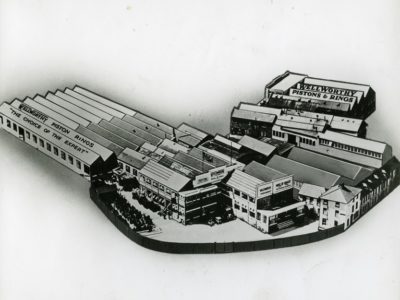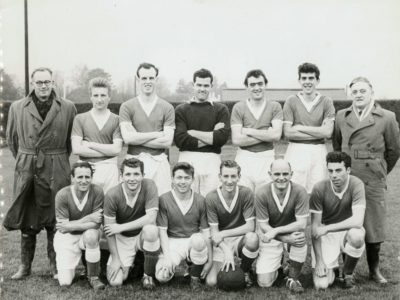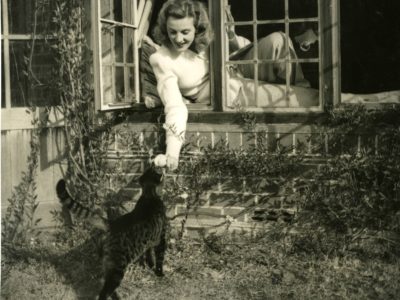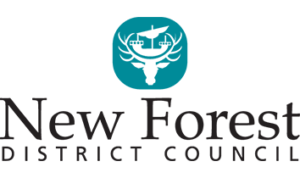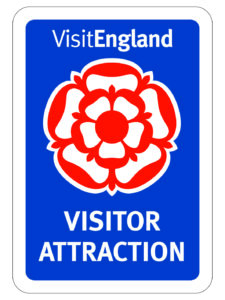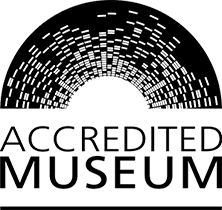When the war ended in 1918, South Coast Garages was again facing difficulties. When the armistice was declared Howlett’s contract for piston rings was cancelled and for a while he struggled to make ends meet. However, he decided to continue manufacturing piston rings, winning a contract from the bus company AEC. It was also around this time that Howlett chose to rename the company and on 14 July 1919, Wellworthy was registered as a trade name.
In the 1920s, despite the depression and growing unemployment, the company saw significant growth. In 1921/2 there were just over 30 employees with around 5,000-6,000 rings being produced each week. Between 1923 and 1929 sales quadrupled and profits rose from £1,913 a year to £20,999, with around 5,000 piston rings being produced every day by a team of 283 people.

This success was due to the rapid expansion of the car and motorbike industries, but also because the company was able to adapt to new demands and develop piston rings that were more effective and more reliable than any then existing. Shortly after the war, for example, Howlett began attending the Isle of Man Tourist Trophy motorcycle races. Noticing that the riders had great difficulty in restarting their machines after a pit stop, he discovered that the sides of the piston rings were very rough and subject to
frequent breakages. When he returned the following year he brought a complete set of rings which he offered to all competitors. Within a matter of years, many racing manufacturers had changed over to Wellworthy rings and the company received much acclaim from the winners. Howlett used these testimonials in his advertising, which also stressed the fact that every single piston and piston ring was inspected before being sold.
Building on this initial success, Wellworthy was soon manufacturing a range of products associated with piston rings. The most important of these were aluminium pistons and cast iron cylinder liners. A piston shop and small foundry were built and by 1936 sales of pistons were catching up those of piston rings.
Wellworthy and the Second World War
The late 1930s saw tremendous growth in the aircraft industry and Wellworthy began producing large numbers of aero-engine piston rings and pistons to meet the wartime demand. Sales doubled between 1939 and 1940 and again the following year as Wellworthy piston rings were being used in every aircraft engine in operation – the Bristol, Pegasus, Mercury, Hercules, Taurus, Centaurus, Eagle, Merlin and Griffon. Although aircraft pistons and piston rings accounted for about 80% of sales, the company also made piston rings and other components for tanks and ships, Leyland, Bedford and Austin army trucks and Brother torpedo engines.

The workforce grew to 4,000 to cope with this increased demand and employees were brought in by bus from Southampton, Bournemouth and the surrounding towns and villages. To enable Wellworthy to manufacture more piston rings and to increase the geographical spread of the company, ‘shadow’ factories were constructed in Salisbury in 1941 and 1942 and an ironworks and foundry was taken over at Ringwood in 1943. The target output for these factories was 60,000 aircraft piston rings per week. Factory sites were also set up in Abingdon where some 500 workers were based, a high proportion of whom were women.
The gallery below contains more images of the Wellworthy works during this period.

The Wellworthy site at Stanford Hill in the 1920s LMGLM:1998.285.4 
An aerial photograph of the Wellworthy factory LMGLM:1998.285.21 
Workers outside the Stanford Road factory in the 1920s 
Workers outside the Stanford Road factory in the 1920s, which is when Walt Glasspool got his first job at the company: “We started at threepence an hour. Conditions were bad. Dust extraction was non-existent. The electrical side was just wires taped around the machines. I never did get a shock and everybody seemed to get by.” 
Wellworthy employees making piston rings in the factory during the Second World War LMGLM:2005.36.19 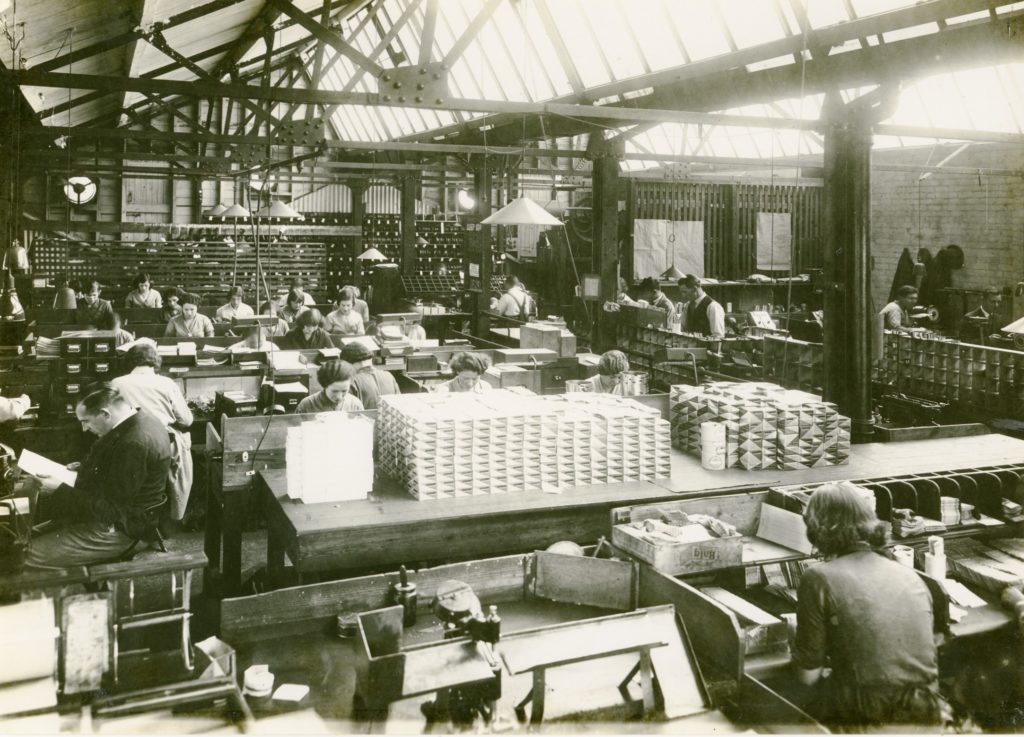
Employees working during the 1930’s with Wellworthy packaging for piston rings in the centre LMGLM:2011.1.5 
Drivers with Wellworthy delivery vehicles LMGLM:2011.1.13






